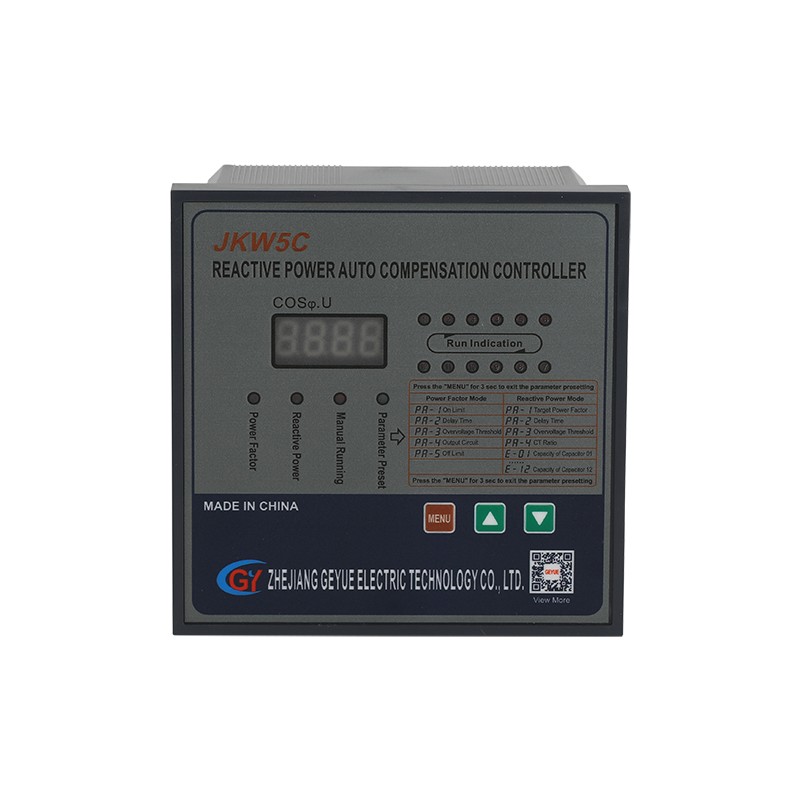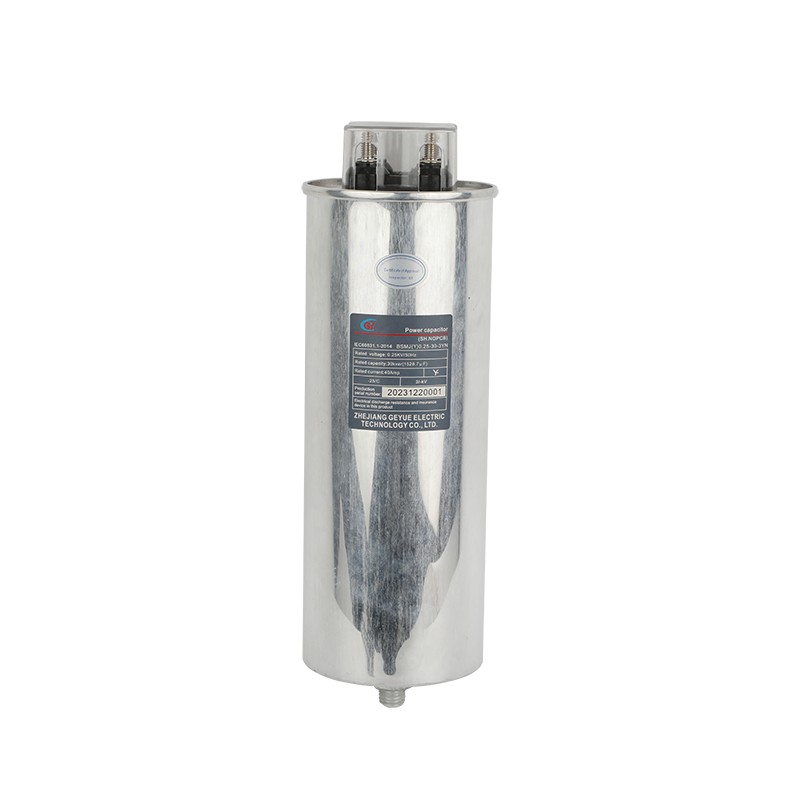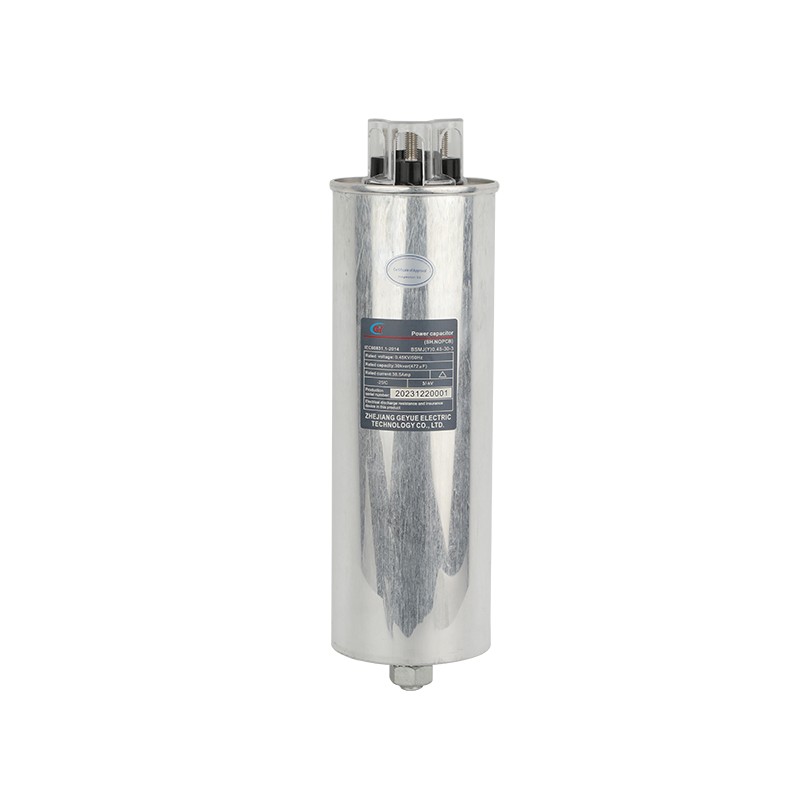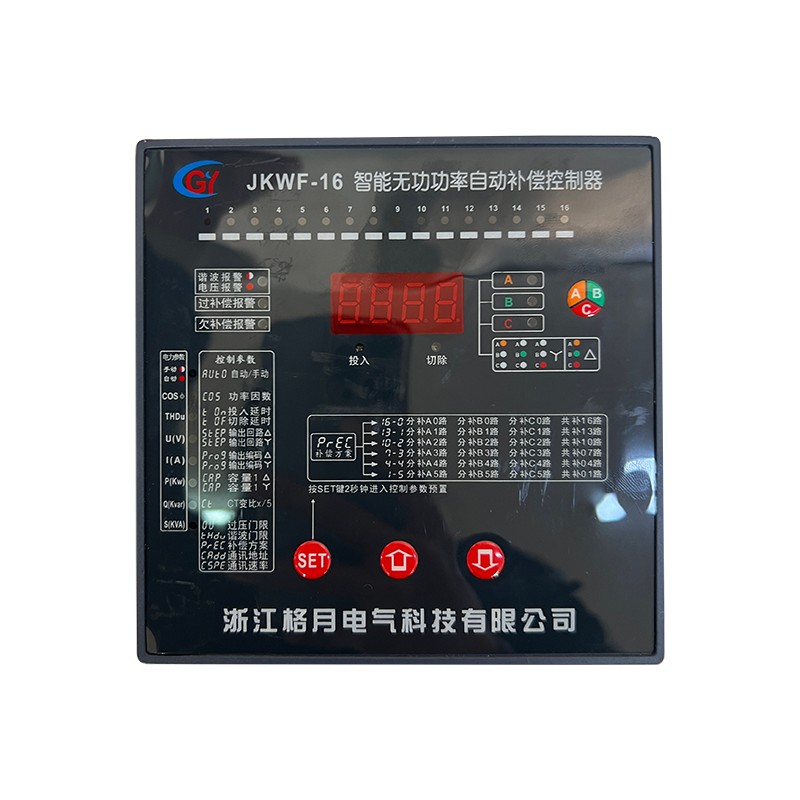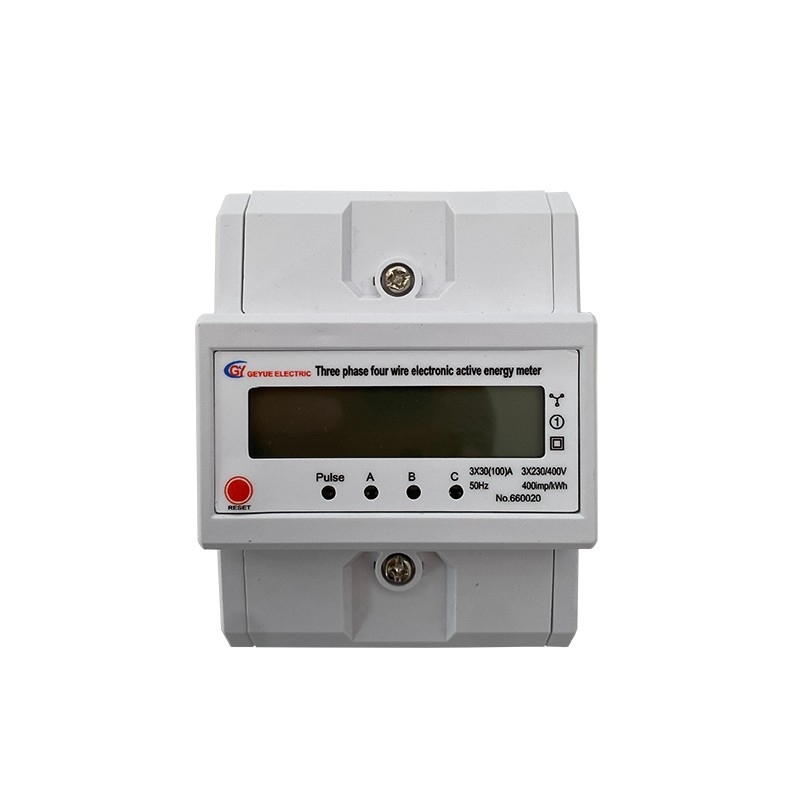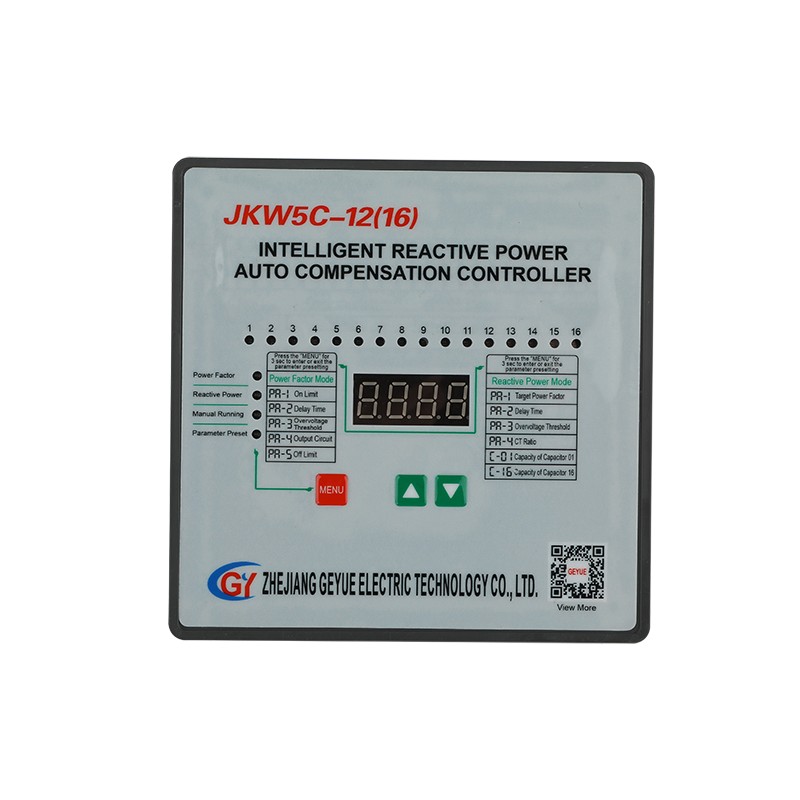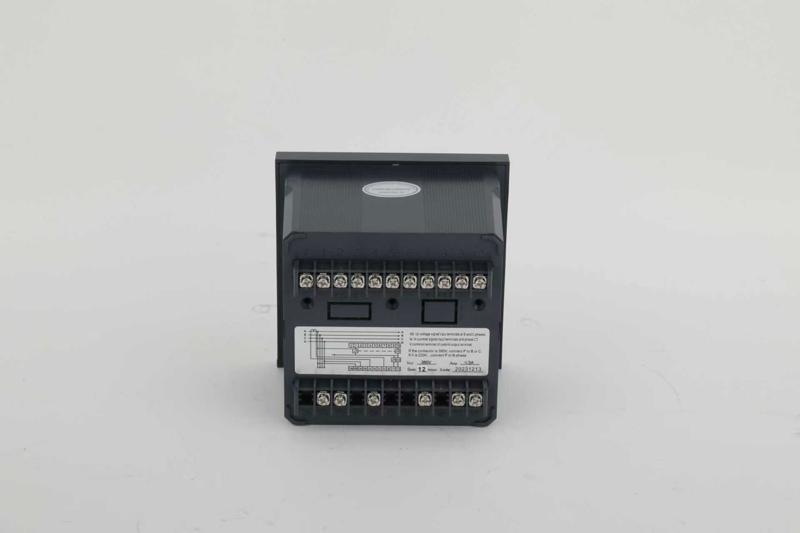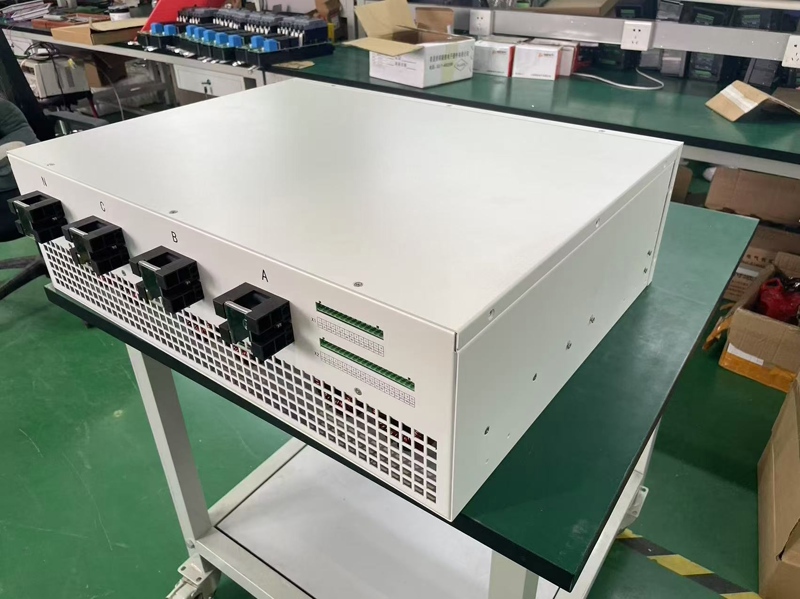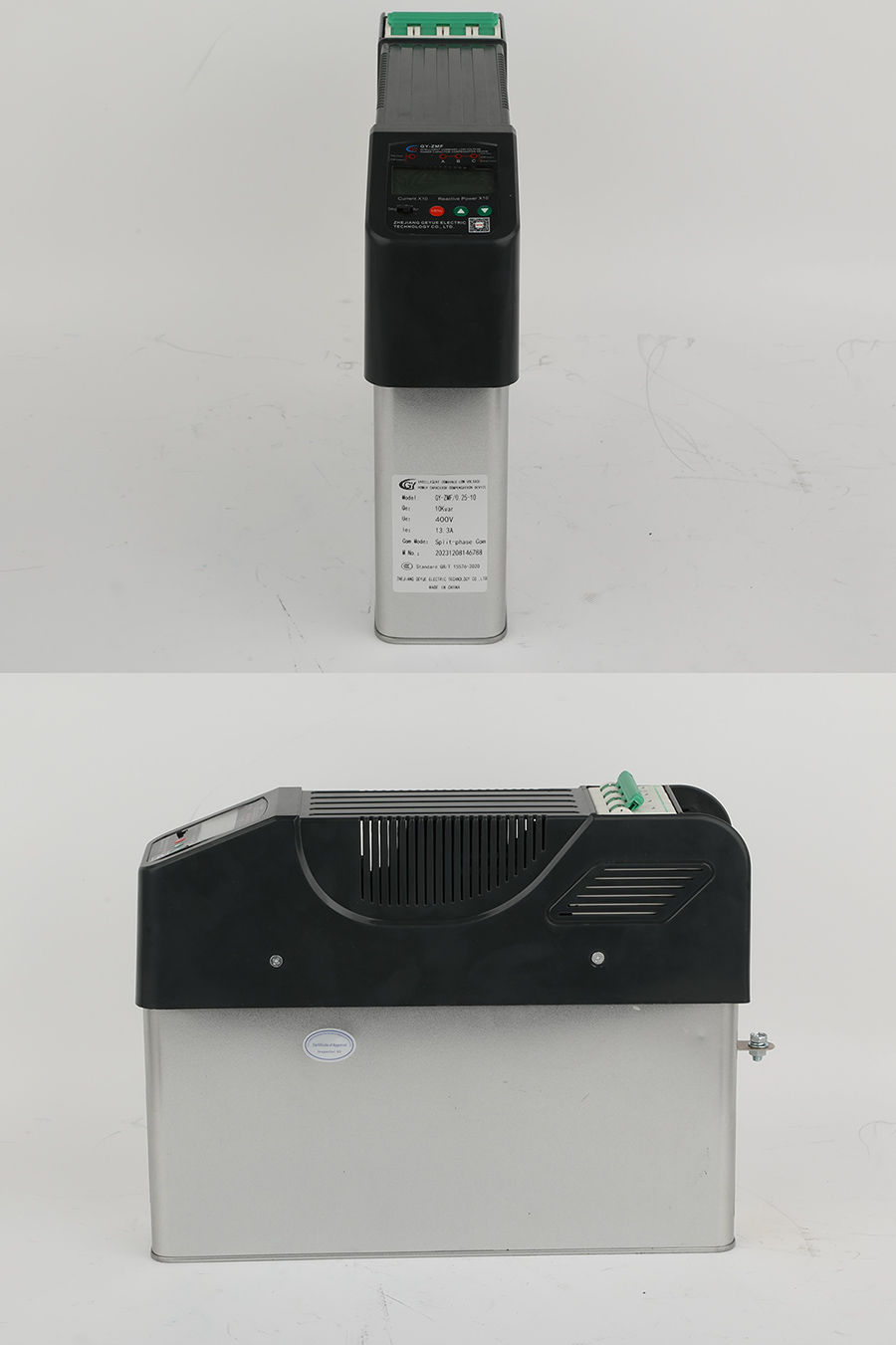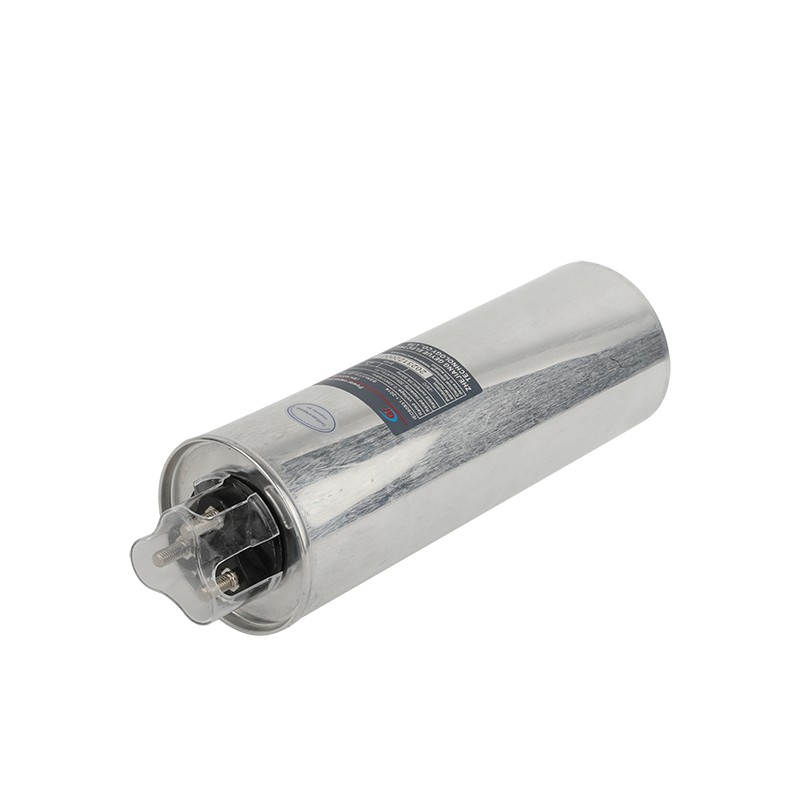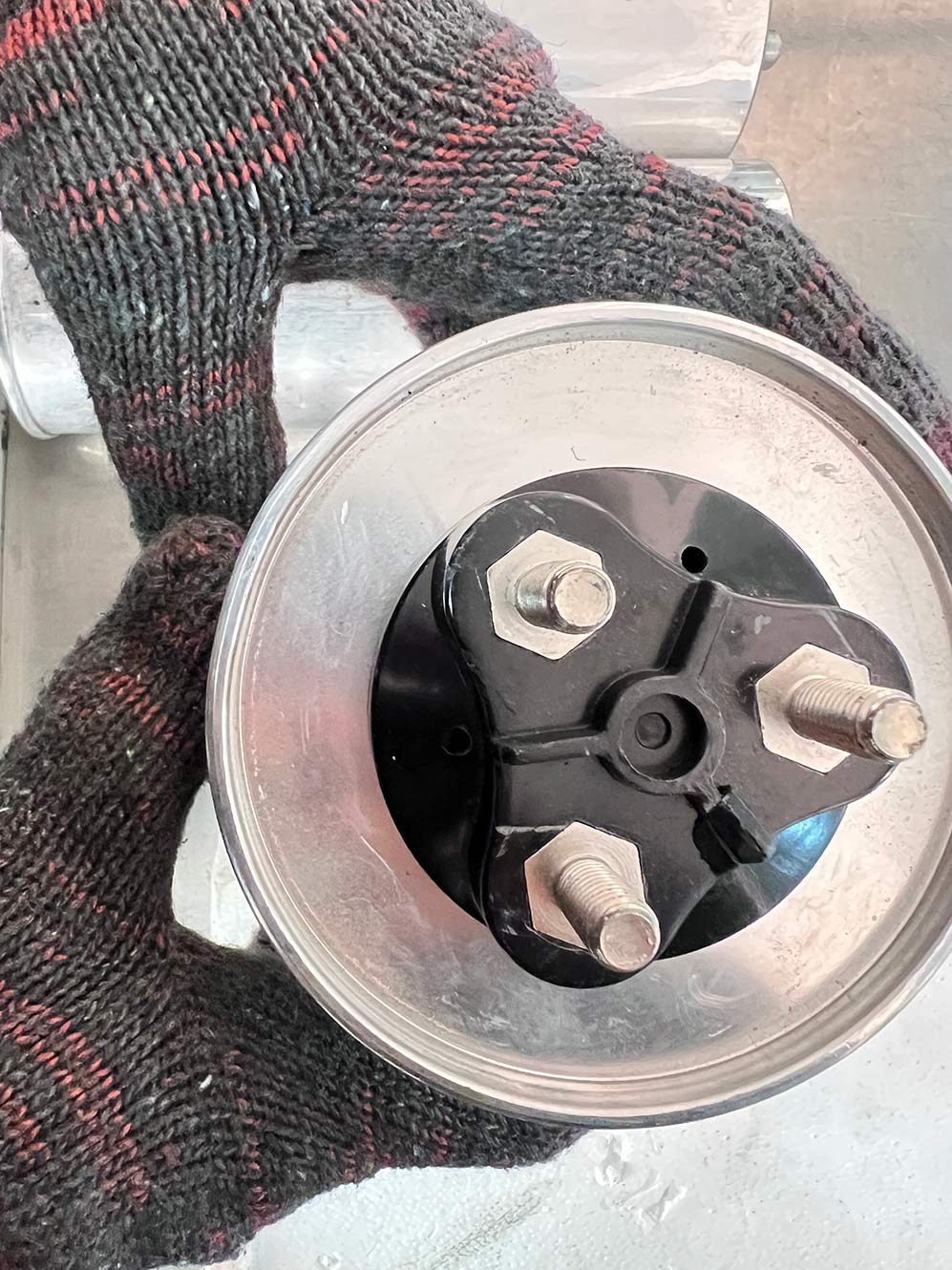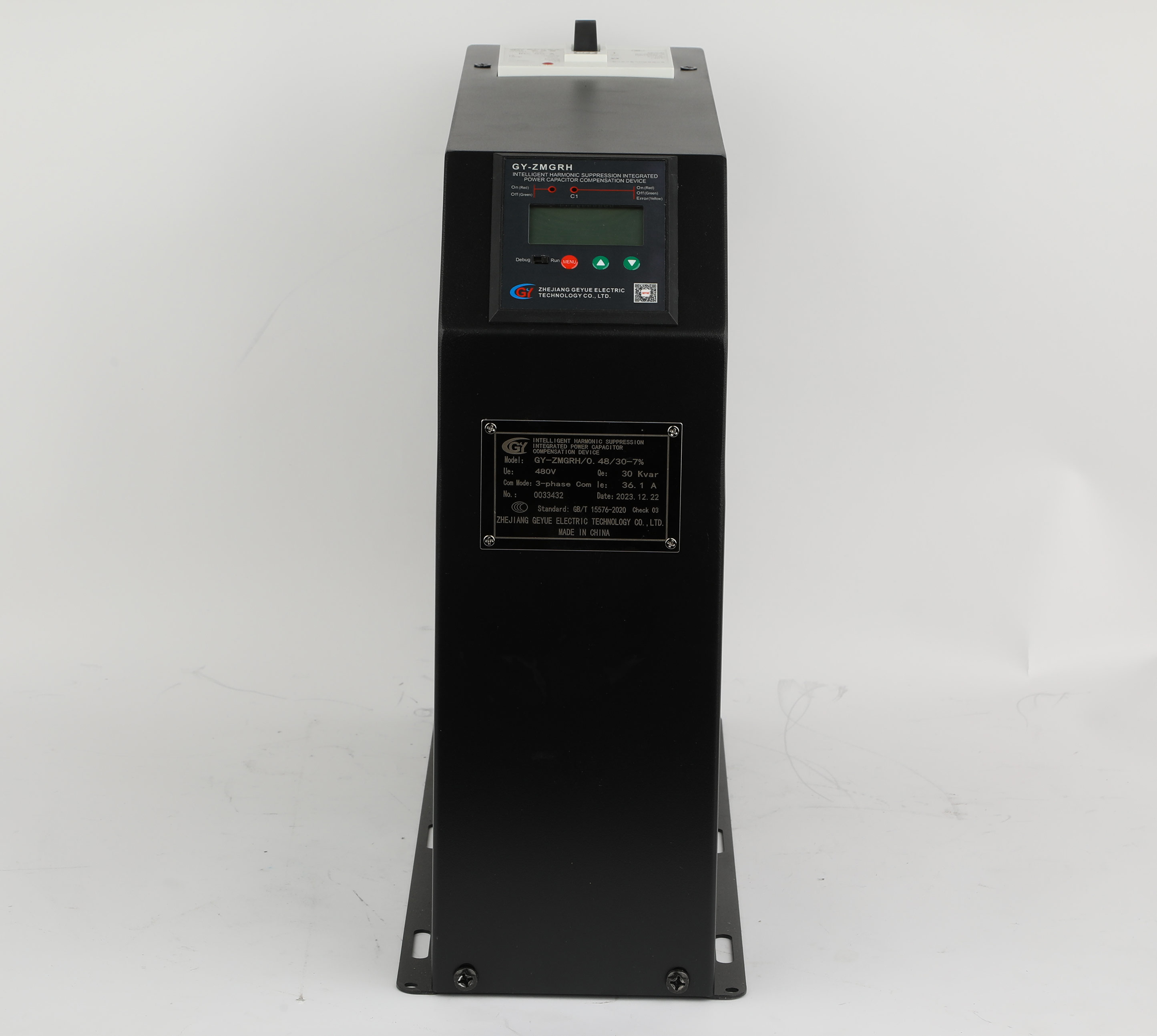How does the Step Size of Capacitor Banks Impact the Precision of Power Factor Control?
In the modern industrial power system, achieving precise low-voltage reactive power compensation is like the work of a highly skilled bartender, aiming to blend the power factor into the perfect golden ratio. And the step size of the capacitor bank is the smallest measuring cup in the bartender's hands. Its size directly determines whether we can precisely control the taste (that is, precisely control the power factor) and avoid either an overly weak flavor (overly low power factor) or an overly strong flavor (overly high power factor). As a professional manufacturer specializing in low-voltage reactive power compensation for over fifteen years, Geyue Electric is well aware that the selection of the step size for the capacitor banks is an art of balancing precision and economy.
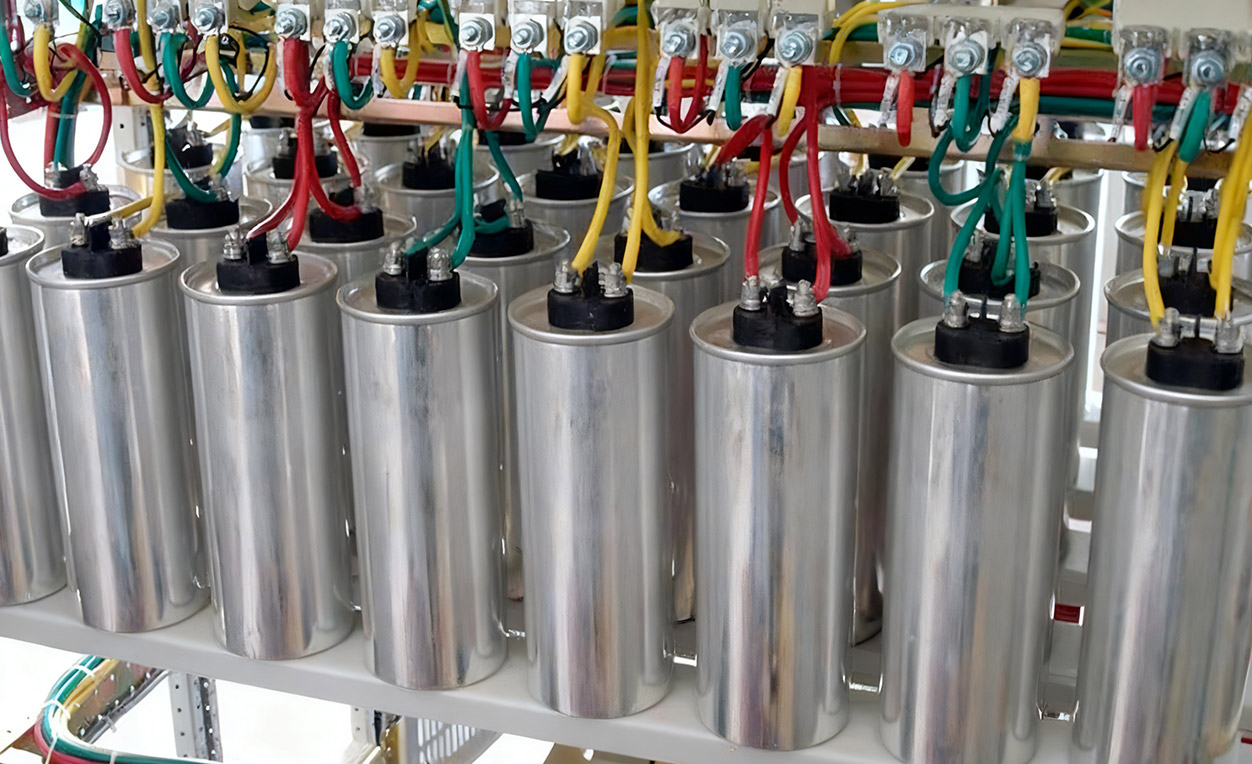
Rough Setting of Step Size: The Root Cause of Precision Deficiency
When the step size adopted by the low-voltage reactive power compensation system is too large, its control logic inevitably falls into a crude binary cycle. For instance, if the system only requires 20 kvar of reactive power, but the minimum step size of power capacitor bank is 30 kvar, the power factor controller in the compensation system faces an awkward dilemma: should it switch on the capacitor banks or not? At this point, if this power factor controller switches on a group of capacitors, it will lead to over-compensation, causing the power factor to change from inductive to capacitive. And if this power factor controller refuses to switch on any group of capacitors, it will not be able to improve the power quality of the current power system. This situation of being hesitant and reluctant to act results in the power factor of the power system fluctuating widely around the qualified line for a long time, unable to stabilize within the optimal range.
This rough setting of capacitor group step size not only leads to losses in electricity costs, but also brings about frequent voltage fluctuations and switching impacts. Each time a large-capacity capacitor is switched on, it is like dropping a huge stone into a calm lake - although it can change the water level, it also causes intense ripples, causing continuous damage to the quality of the power grid and the lifespan of the capacitors themselves.
Refined Setting of Step Size: The Cornerstone of Precise Control
In contrast, the refined setting of step size endows the low-voltage reactive power compensation system with a precise power factor control capability, breaking down the large-scale compensation task into a series of small, precisely executable instructions. That is to say, when the power system requires N units of reactive power, the compensation device will provide N units of reactive power to it, thereby ensuring that the power factor curve always closely follows the target value.
The benefits brought by this refined setting of capacitor bank step size cover several aspects. Firstly, the refined step size setting ensures that power factor continuously stays within the optimal range of above 0.95, completely avoiding the additional electricity costs caused by fluctuations in the power factor. Secondly, the small kvar switching method significantly reduces the switching impact and harmonic interference, creating a purer power grid for other precision equipment. More importantly, the gentle switching process significantly reduces the current and thermal stress borne by the capacitors themselves, fundamentally extending their service life.
The Solutions and Professional Commitment of Geyue Electric
In the opinion of Geyue Electric, the prerequisite for achieving a refined setting of step size of capacitor groups is to have high-quality, precisely sized and responsive capacitor units. Our BSMJ series square type self-healing shunt capacitors and BSMJ(Y) series cylindrical type self-healing shunt capacitors are precisely designed to achieve this goal.
The BSMJ series square type self-healing shunt capacitors, with their classic rectangular structure, provide stable capacity output and excellent heat dissipation performance, making them the cornerstone for building reliable reactive power compensation systems. Meanwhile, the BSMJ(Y) series cylindrical type self-healing shunt capacitors, thanks to their unique cylindrical structure, possess better voltage resistance and lower losses. Their compact design makes it possible to achieve a higher density of modular layout within a space-constrained cabinet, thus laying the physical foundation for designing smaller step sizes and higher precision compensation systems.
Geyue Electric sincerely recommends that when planning or upgrading your company's low-voltage reactive power compensation system, you must pay attention to the step size of the capacitor banks in the system. Our company is willing to tailor a set of agile response and precise control low-voltage reactive power compensation solution for you based on our efficient and reliable power factor optimization products and profound low-voltage reactive power compensation technical experience, so that every unit of your electricity investment will yield the most economic return. For any questions regarding low-voltage reactive power compensation, you can find professional answers at info@gyele.com.cn.
- Can Active Power Filters Become the Key to Solving Power Quality Problems?
- What Role do Reactors Play in Modern Power Systems?
- Can Capacitor Switches Become Key Equipment in the Smart Grid Era?
- How Has the CJ19 AC Contactor Become a Reliable Choice for Capacitor Switching?
- Can Cylinder Self-healing Shunt Capacitor Become the Ideal Choice for the Smart Grid Era?
- Apart from Saving Electricity Costs, What Value does Low-Voltage Reactive Power Compensation Bring to Enterprises?

